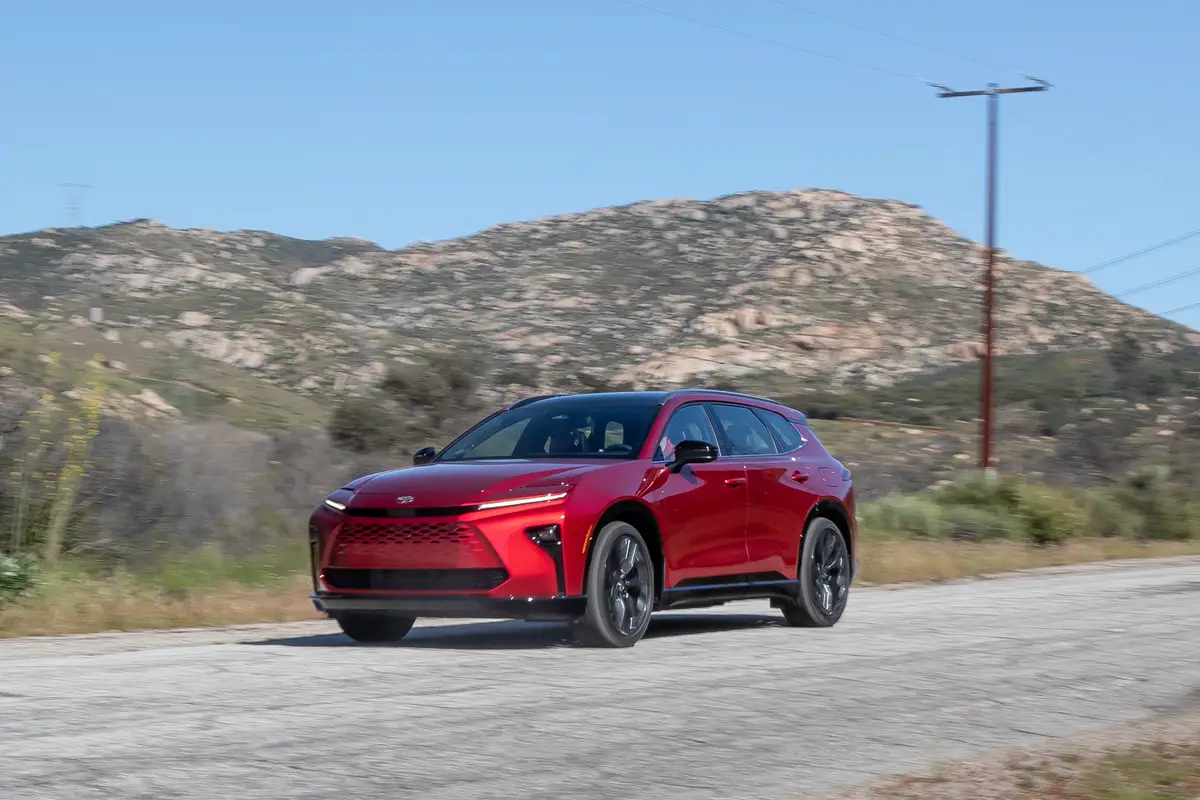washingtonpost.com's view
Ford Motor Co. is the third-largest automobile retailer in Austria, with a 6.4 percent market share, edging out French rival Renault SA, which has a 6.2 percent share, and trailing Opel-General Motors Corp. (8.7 percent) and longtime European leader Volkswagen AG (17.3 percent).
And in a turnabout from a dismal performance in the United States, where it lost market share and $5.8 billion in the third quarter, Ford’s overall European sales enjoyed a robust 8.8 percent growth over 2005 in the first six months of this year.
And get this: While Ford is considered an energy-conservation laggard by many of its critics in the United States, the company is regarded as a clean-and-green, fuel-sipping leader in oil-rich Russia where — gulp! — the little Ford Focus is the best-selling car.
It’s enough to provoke violent head-scratching, especially considering Ford’s numerous missteps at home, partly represented by the 2007 Ford Explorer Sport Trac Limited vehicle I drove in Virginia several days before coming here.
I like the Sport Trac. It’s fun to drive, especially with its 4.6-liter, 292-horsepower V-8 engine. But I like many things that make no sense, and the Sport Trac is one of them.
It’s a mid-size, all-wheel-drive, combination sport-utility vehicle and short-bed pickup truck that fails to satisfy the needs and wants of the SUV client and the person who wants a hard-working pickup. It’s a miscreant product of a marketing world in love with notions of carefree, extreme-sports-loving youth.
Besides its compromised utility, there is the demographic reality that many of the 20-somethings targeted by the Sport Trac Limited can’t afford its base price of $29,765. For that matter, many in that chosen marketing group will have difficulty footing the bill for the base Sport Trac XLT, which starts at $24,285.
“Base” means exactly that. It excludes taxes, fees and insurance. It most certainly excludes operational expenses, such as the cost of fueling the Sport Trac, which consumes regular unleaded gasoline at the prodigious rate of 14 miles per gallon in the city and 20 mpg on the highway in its V-8 format.
And you wonder why Ford is losing standing and money in its home market? You wonder why its truck and SUV sales are falling while truck sales at rival GM are growing despite radical fluctuations in gasoline prices and the resulting uncertainty that up-and-down-and-up-again fuel prices create among consumers?
No pun intended, but it comes down to this: GM is more focused. GM anticipated the wild gyrations in fuel prices and planned accordingly. For example, I drove GM’s full-size 2007 Chevrolet Silverado pickup truck from New York to Northern Virginia a day before climbing into the Sport Trac. The Silverado crew cab essentially is a work truck with enough seating for six people and a cargo bed big enough to haul all the equipment that working people regularly haul. It comes with a 285-horsepower V-8 and gets about 20 mpg on the highway.
But, it’s a work truck, as opposed to a Sport Trac plaything that seems woefully incapable of earning its keep. Demographically, the Silverado is aimed at fully functioning adults — people 30 years old and substantially more who make enough money to afford its $29,980 base purchase price and its fuel bills.
This is not as apples-and-oranges as some of you might think. In the brutally competitive, capital-consumptive automobile business, no company can afford too many wrong guesses. The point here is that Ford guessed wrong with the Sport Trac, pursuing buyers who are prone to market desertion when the going gets rough at the fuel pump, or anywhere else in the economy. GM guessed right, pursuing those pickup-truck loyalists who need and want real pickup trucks.
Ford guessed wrong by shortchanging U.S. marketing efforts for its little Focus, the same car that is tearing up the sales charts in Russia and all over Europe. GM guessed right by not only beefing up the marketing efforts for its tiny, South Korean-derived Chevrolet Aveo, but also by getting Germany-based Opel, through GM’s Saturn Division, to sell the same attractive, fuel-efficient Opel cars in America that are available to GM buyers overseas.
I know that Europe is Europe and the United States is the United States. But it seems to me that Ford could have, should have learned something from its notable success in countries such as Austria. You don’t see many Ford Explorer Sport Trac Limited vehicles running around here.
Latest news



